Christmas or New Year’s Eve Beef Tenderloin Dinner
If you are reading this holiday post on how to cook beef tenderloin, it just may be near the New Year, so I hope everyone had a wonderful holiday full of great joy and wonderful meals.
I’m looking forward to the New Year and all the new cooking techniques and recipes I will learn and be able to share with you. 2011 should be a fun year with significant changes to the Reluctant Gourmet website and cooking blog.
This year I spent New Year’s Eve in Park City with my family at my good friend Alice’s home, where she prepared delicious roasted beef tenderloin, Caesar salad, and boiled potatoes and my oldest daughter prepared her special glazed carrots.
On the way back from a great visit from our friend’s cabin in the Uintas, Alice asked me how long she should cook the tenderloin. Of course, I gave her my standard answer, “As long as it takes to get the internal temperature you want.”
How long does it take to cook a beef tenderloin?
The cooking time for beef tenderloin will depend on a few factors, including the size and thickness of the tenderloin, the cooking method you’re using, and the desired level of doneness. However, here are some general guidelines for cooking beef tenderloin:
- Roasting: Preheat your oven to 425 degrees Fahrenheit (220 degrees Celsius). Place the tenderloin in a roasting pan and roast for about 25-30 minutes for medium-rare or 35-40 minutes for medium. Remember to use a meat thermometer to ensure that the internal temperature of the beef has reached at least 145 degrees Fahrenheit (63 degrees Celsius) for medium-rare and 160 degrees Fahrenheit (71 degrees Celsius) for medium.
- Grilling: Preheat your grill to medium-high heat. Place the tenderloin on the grill and cook for about 8-10 minutes per side for medium-rare or 12-15 minutes for medium. As with roasting, use a meat thermometer to ensure that the internal temperature has reached the desired level of doneness.
- Sous-vide: To cook beef tenderloin using a sous-vide method, seal it in a vacuum-sealed bag and place it in a water bath set to the desired temperature. The water temperature should be set to 131-140 degrees Fahrenheit (55-60 degrees Celsius) for medium-rare. The water temperature should be set to 140-149 degrees Fahrenheit (60-65 degrees Celsius) for medium. Cook the tenderloin in the water bath for about 2-4 hours, depending on the size and thickness of the meat.
Regardless of your cooking method, it’s essential to let the beef tenderloin rest for at least 10-15 minutes before slicing and serving. This will allow the juices to redistribute and the meat to finish cooking, resulting in a more tender and flavorful final product.
This also allows the juices to redistribute throughout the meat. (See my Meat Doneness Chart)

What type of thermometer?
There are several types of thermometers that you can use to check the internal temperature of beef tenderloin. Here are a few options:
- Instant-read thermometer: This is a type of thermometer that you can insert into the beef tenderloin to get a quick reading of the internal temperature. It’s a good choice if you want to check the temperature of the beef while it’s cooking. However, could you be sure to keep the thermometer clean to avoid cross-contamination?
- Oven-safe thermometer: This type of thermometer can be placed in the beef tenderloin before cooking and will remain in the meat in the oven. It’s a good choice if you don’t want to keep opening the oven door to check the temperature.
- Probe thermometer: A probe thermometer is a digital thermometer with a long, thin probe that you can insert into the beef tenderloin. The probe is connected to a digital display, which shows the temperature of the meat. This is a good choice if you want to monitor the beef’s temperature while it’s cooking without having to open the oven or grill.
Regardless of the type of thermometer you choose, it’s essential to use it properly to ensure an accurate reading. Please insert the thermometer into the thickest part of the beef tenderloin and avoid bones or fat.
Also, allow the thermometer to reach its full temperature before reading it. This will help to ensure that you get an accurate reading of the internal temperature of the beef tenderloin.

Where Does Beef Tenderloin Come From?
Beef tenderloin comes from the hindquarters of the cow, specifically near the loin. This part of the cow includes cuts like sirloin, round, and chuck.
The tenderloin sits beneath the ribs, close to the spine. It’s a long, narrow muscle that gets little exercise, making it incredibly tender.
This cut is one of the priciest due to its tenderness and versatility. It can be grilled, roasted, or cut into medallions for pan-frying. It’s a go-to choice for special occasions, holiday meals, and fine dining, and steakhouses often feature it.
In the U.S., beef tenderloin is sold in two main forms: whole or trimmed. Whole tenderloin includes the entire muscle with a thin fat layer. Trimmed tenderloin has the fat and silver skin removed, leaving a leaner cut. Both versions can be roasted, grilled, or cooked sous-vide for excellent results.
Roasting the Tenderloin
We roasted our beef tenderloin at 350°F for about 60 minutes. We waited until the thickest part of the roast reached 135°F. After removing it from the oven, we covered it with foil and let it rest for 15 minutes.
When I carved a slice from the center, it was cooked perfectly to medium doneness. I usually aim for medium-rare, about 130°F, but that’s a bit too rare for the girls.
Many people rely on time and temperature when cooking meat or poultry. Most recipes in cookbooks and magazines also use this approach. However, I recommend using time as a guideline and relying on a thermometer for better results.
Track the internal temperatures of your food over time. Eventually, you’ll develop the ability to judge doneness using your senses—touch, sight, and even sound. This skill takes practice but leads to consistently perfect results.

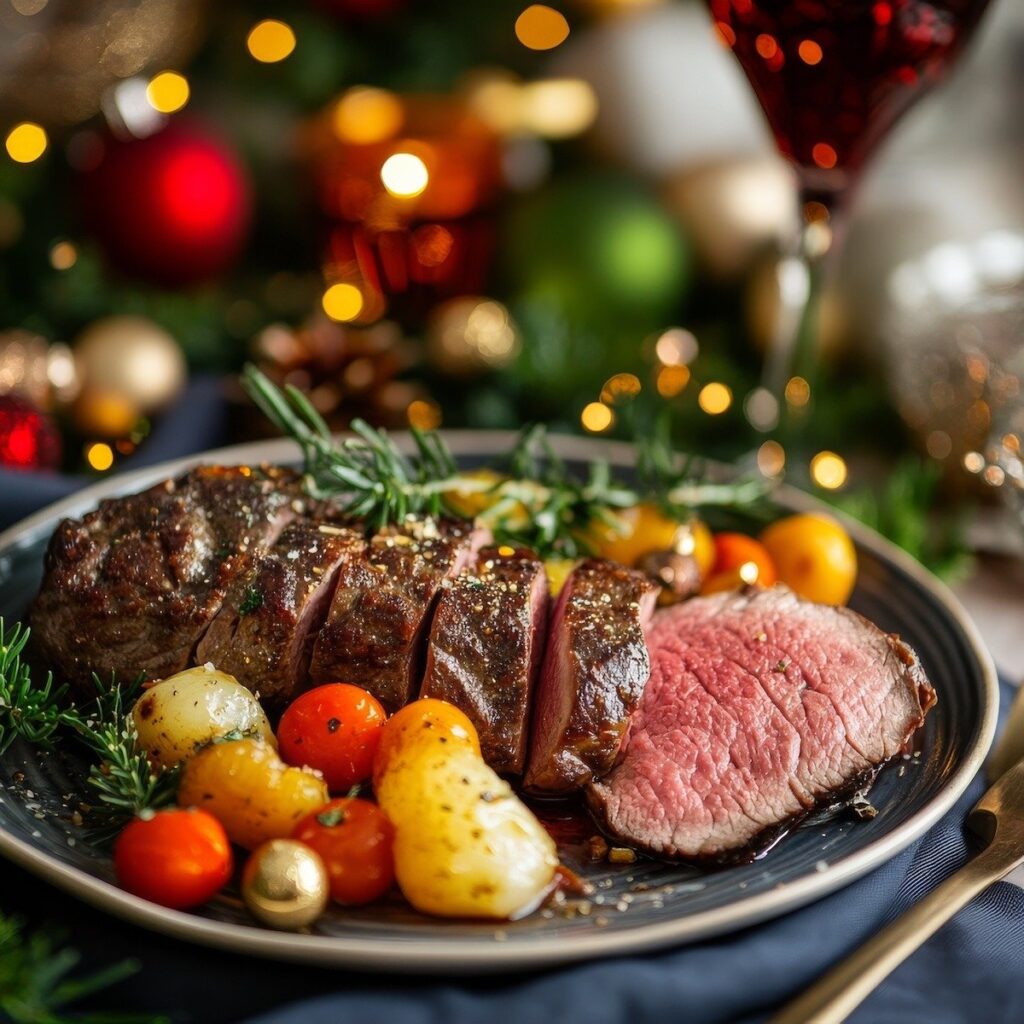




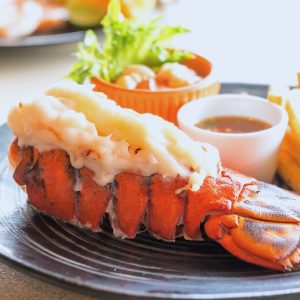



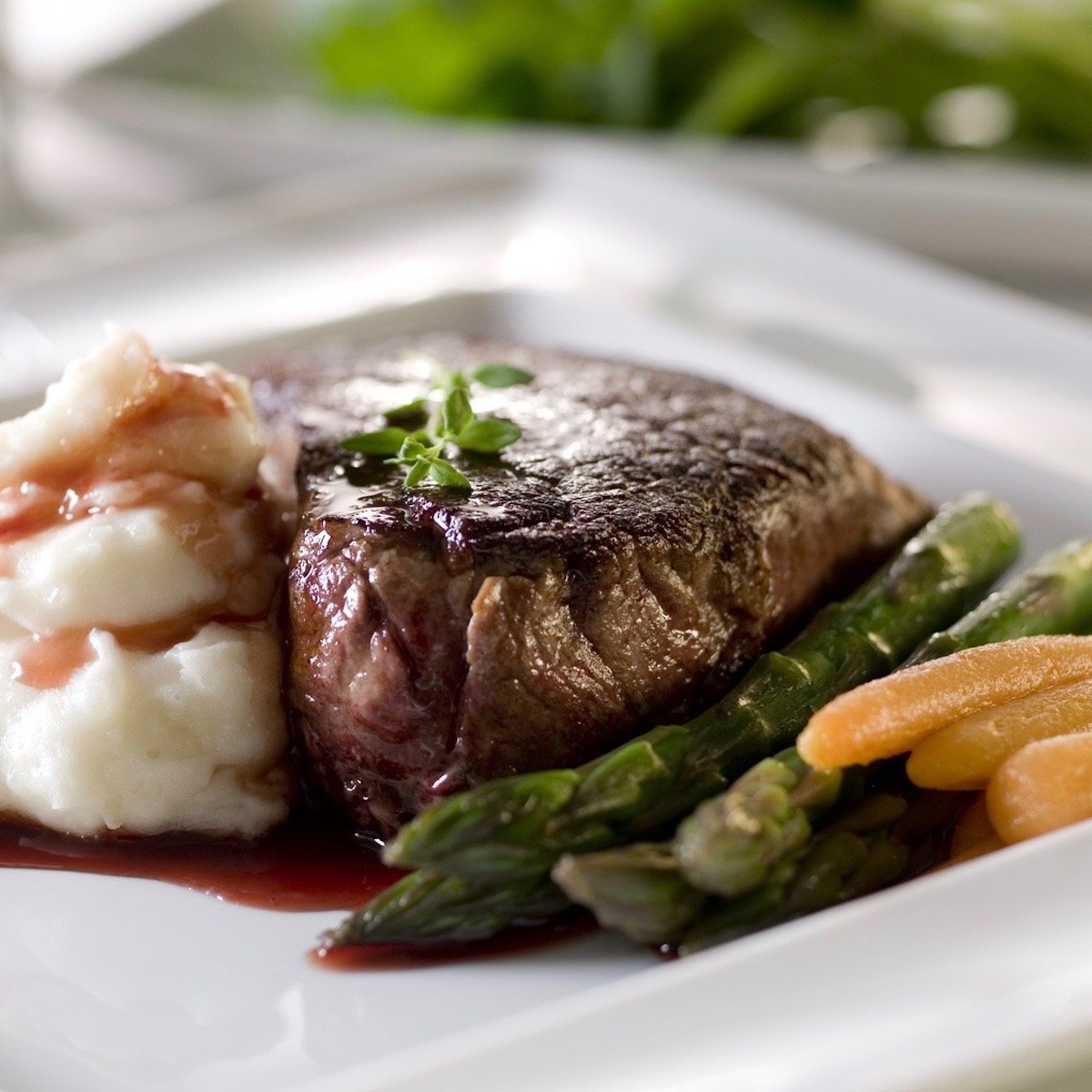

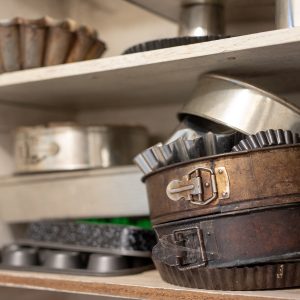
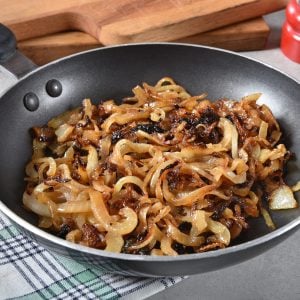


7 Responses
I will be cooking a beef tenderloin roast for about 8 people who like their meat pretty well done. What size roast do I need and how long and what temperature should I cook it? I plan to season it with Lipton Beefy Onion dry soup and cream or mushroom soup for flavor and gravy. I’ve been told that the roast should be trimmed of fat and tied with baker’s twine. I start it at a low temperature and and increase it later or cook it slowly for a longer time at the same low temperature. I do not have a roasting rack. Is it ok to cook it in an aluminum roasting pan. That will make it easier for me to transport a few miles to the place where the lunch will be. Any help/information you can give me will be appreciated. I want it to be done but tender. Thanks so much. I look forward to your prompt response. Linda
It is a waste of good meat to cook tenderloin until it is “pretty well done.” There are cheaper cuts that can be cooked to perfection at that and still be good but filet is spoiled passed the “fairly rare” stage, but tenderloin (filet mignon) just gets tough and dry.
I completely agree. Past “fairly rare” it will be cardboard. Just get a Round Roast! Or a few rotisserie chickens or a frozen lasagna LOL!
Completely untrue. If you manage temperature a well done tenderloin or filet can still be very moist and tender. Impatient restaurant and home cooks don’t get this and attempt to cook a medium-well or well tenderloin at the same high temp one would use when going for a crusty rare or medium-rate steak.
totally disagree with john 43
I have tasted both done and rare tenderloin and both are yummy, people do have very passionate thing about beef temps, so cook it how you like too PLEASE
The trick is to cook it low and slow. Also use indirect heat if you’re cooking on a grill. I usually cook at 300 to 325 and wait until the Tenderloin is 138 or so. Meets dont have much carry over when you cook them on a low indirect heat.